Don’t know about you, dear reader, but I’m a big fan of the city break. There’s something about diving into a new urban landscape for a couple of days that gives a short, sharp, sweet boost to the soul.
It’s maximum smiles for minimum effort. And so it was that I found myself in Nottingham, a city with a spirited buzz, ready for a bit of an explore.
My plan for the day was simple: a visit to the Nottingham Contemporary. I’d heard whispers of an iconic building, of thought-provoking art, and, crucially for any good day out, that entry was free.
What I wasn’t prepared for was a place that would pull me so completely out of the everyday, a building that wears its city’s history on its skin and holds entire worlds within its walls.

An Arrival Dressed in History
My journey to the gallery began not at its front door, but with a walk. In the spirit of BaldHiker, it always starts with a walk.
I decided to approach through the Lace Market, the historic quarter-mile square area where the gallery makes its home.4 It’s a place that feels like a different city, a different time.
You’re immediately enveloped by the ghosts of the Industrial Revolution. Grand, four-to-seven-storey Victorian warehouses, built from that deep, satisfying red brick, line the narrow streets.
Their huge windows, designed to let in as much light as possible for the intricate work of finishing lace, now look out over a district reborn.
This area was once the thrumming heart of the world’s lace industry, a global powerhouse during the British Empire.
It wasn’t a market with stalls, but a commercial hub of salesrooms and warehouses where fortunes were made from delicate threads.
The industry peaked in the 1890s, employing some 25,000 workers, mostly women, before a long decline in the 20th century left many of these magnificent buildings derelict.
But you can feel the renaissance. Since being designated a conservation area, the Lace Market has been cleaned up and revitalised. The old warehouses are now filled with luxury apartments, high-spec offices for tech companies and creative agencies, and a tempting array of independent bars and restaurants.
It’s a flagship for the city’s post-industrial regeneration, a place where history isn’t just preserved, it’s lived in.

First Impressions: The Green and Gold Anomaly
And then, I saw it. At the edge of this industrial citadel of red brick and Victorian grandeur stands the Nottingham Contemporary. It’s a jolt, a wonderful, startling anomaly.
The building is a composition of sharp, clean, rectilinear volumes, clad in a pale, sea-green concrete and crowned with boxes of shimmering, fluted gold anodised aluminium.
It doesn’t try to mimic its historic neighbours; instead, it enters into a dialogue with them. It feels utterly modern, yet somehow, not out of place. One critic beautifully described the effect, suggesting that while the Lace Market may be famous for its party atmosphere, “now there is a sophisticated lady in town”.
It’s a fearless, confident piece of architecture that makes you stop and stare, promising that whatever is inside will be just as unconventional.11
The Façade’s Secret: A Story Set in Concrete
As I got closer, I realised the green concrete wasn’t just flat. The surface was textured, covered in an intricate, flowing pattern.
This, I would soon learn, is the building’s most profound secret, the key that unlocks its entire story. The pattern isn’t just a decorative flourish; it’s a direct, tangible link to the very ground the gallery stands on.
The story is pure magic. The pattern is a precise copy of a mid-19th-century cherry blossom lace design.
This specific design was created by Richard Birkin, a prominent Nottingham lace industrialist. And here’s the astonishing part: the pattern was discovered in a time capsule, buried on the very site where the gallery was to be built.
It’s a piece of history that literally emerged from the earth.
The architects, the renowned London-based firm Caruso St John, then used cutting-edge technology to resurrect this delicate, 150-year-old design and embed it into the building’s very fabric.
The process was remarkable. The original machine-made lace was scanned, its image modified, and then converted into a three-dimensional digital description.
This data was used to drive a milling machine that carved a full-sized positive of the pattern into MDF boards.
From these boards, four enormous, 14-metre-long latex moulds were created. It was into these intricate moulds that the pale green concrete was cast, permanently imprinting the building’s skin with the DNA of the Lace Market.
This is more than just a clever tribute; it’s a powerful act of transformation. The lace industry, which defined this part of Nottingham for centuries, is now largely a ghost, its product a delicate, ephemeral fabric.
The architects have taken a specific, lost piece of that history—a ghost from a time capsule—and made it monumental and permanent in the most robust of materials.
They have summoned the spirit of the industry and given it a new, enduring physical form. It’s a profound statement about how a place’s identity isn’t just about preserving the past, but about reinterpreting it in surprising and relevant new ways.
The building doesn’t just sit in the Lace Market; it is the Lace Market, remade.

Bigger on the Inside: A Building That Breathes
Stepping through the main entrance, under a large canopy like a cinema marquee, the first sensation is one of spatial surprise.
The building immediately feels vast, far bigger on the inside than its exterior profile suggests.
It’s a genuine Tardis effect, a trick of architectural ingenuity that invites you on a journey of discovery. The reason for this illusion lies hidden from the street.
A large portion of the building’s 3,000 square metre volume is sunk deep into the sandstone cliff that runs through the city centre, a prominent geological feature that has defined this spot for millennia.
This isn’t just any plot of land. You are, in fact, standing on the oldest site in Nottingham.
Beneath your feet lies a deep history of human settlement: ancient cave dwellings, a Saxon fort, a medieval town hall, all swept away by the Victorians to make way for a railway cutting.
The building doesn’t just occupy the site; it burrows into it, becoming a contemporary layer in a deep historical palimpsest. This physical act of embedding the new within the ancient creates a powerful, unseen dialogue with the city’s layered past.
You may be interested in our post all about Nottingham’s City of Caves.

The “Found Space” Philosophy in Action
This sense of discovery continues as you move through the galleries. Caruso St John consciously rejected the idea of the sterile, uniform “white cube” that has become the default for many modern art galleries.
Their inspiration came from the artist-run spaces of downtown New York in the late 1960s, places that were often housed in repurposed factories and warehouses.
Their goal was to create a wide variety of interiors that would have the specific character and texture of these “found spaces”.
You can feel this philosophy in the very materials under your feet and at your fingertips. The floors in some galleries are made of wide wooden planks, recalling the nearby Victorian warehouses.
The walls are raw, grey in-situ concrete, left with an almost casual, industrial finish that some contractors might consider below par, but which is entirely intentional.
The ceilings are blonde plywood, adding a touch of warmth to the industrial palette. The result is a series of spaces that feel robust and authentic, designed not as passive backdrops for art, but as active participants.
The architects’ stated intention was to create a range of rooms that would “challenge the installation and production of contemporary art,” offering new ways for artists and audiences to interact.
The building itself is a versatile stage, a toolkit for creativity, which directly shapes the ambitious, multi-disciplinary work the gallery is known for hosting.

A Tour of the Spaces: A Toolkit for Art
The journey through the gallery is a journey through different atmospheres and qualities of light. On the ground floor, a suite of galleries is bathed in natural light from above.
There are 132 skylights in total, housed within sculptural pyramids on the roof that give the building its lively profile and have been compared to the work of the great modernist architect Le Corbusier.
These spaces work beautifully, their even, top-lit nature focusing your attention entirely on the art.
The northernmost of these galleries is a showstopper. It’s a cavernous space, 10 metres high, with a single large roof light and a huge, 9-metre-wide picture window that looks out onto Weekday Cross and the city.
This window is a masterstroke, breaking the hermetic seal of the gallery and forging a direct visual connection between the art inside and the life of the city outside.
But there is another world hidden below. A journey down into the cliff reveals the building’s subterranean heart: a large, dark, lozenge-shaped performance space.
The atmosphere here is completely different. Formed from heavy concrete, it feels as though it has been carved directly from the sandstone, a reclaimed space that one critic likened to a “subterranean military facility”.
It’s a hugely flexible venue. Deep concrete beams in the ceiling accommodate a full theatrical lighting rig, and retractable bleacher seating allows the space to transform from a gallery for huge installations into a cinema or a theatre for performance art.
It is this architectural versatility that allows the gallery to host such a staggering range of work, from the paintings of David Hockney and the photography of Diane Arbus to the multi-media extravaganzas of Grace Jones.
The building is not just a container; it is the enabler of its own ambitious curatorial mission.
A Tale of Two Worlds: Inside the Exhibitions
A great gallery doesn’t just show you art; it takes you on a journey. And on my visit, Nottingham Contemporary offered a journey of profound contrasts, a kind of emotional and intellectual whiplash that was exhilarating.
The juxtaposition of the two main exhibitions was a masterclass in curatorial bravery, forcing you to confront the vast spectrum of human experience that contemporary art can address.

The Electric Dreams of Murni: “Feels Strangely Good, Ya?”
I stepped into the first gallery and was hit by a wave of pure, unapologetic life force. This was I Gusti Ayu Kadek Murniasih: Feels Strangely Good, Ya?, the first international institutional solo exhibition of the late Balinese artist known as Murni. The room pulsed with colour and a raw, joyful energy.
Murni’s world, as one critic so perfectly put it, is one of “rampant shagging, unbridled hormones and irrepressible desire”.
Her paintings are ultra-simple in their execution but mega-bold in their content. Using a hyper-colourful, almost comic-book style, she depicts a surreal universe of hybrid figures: women with branches growing from their bodies, heads poking from fish scales, limbs looping and twisting in impossible ways.
And everywhere, there is sex. It’s a world of desire, totally unbound and totally free. High heels, both sexy and lethal, kick and stomp. Vaginas are worshipped, breasts are bound by wristwatches, and couples writhe in ecstatic union.
This wasn’t art made for shock value. Murni (1966-2006) was a largely self-taught and uncompromising artist who explicitly rejected the societal norms of Bali.
She used her art as a form of therapy, a visual diary to explore her subconscious, her dreams, and her psyche with unflinching honesty and a brilliant sense of humour.
Her life was cut short by ovarian cancer at the age of 39, a fact that lends a deep poignancy to the recurring images of clocks and wristwatches that haunt her work.
It’s an awareness of impending mortality that seems to say: time is short, death is coming, so what better way to spend the time we have than by truly living?
I walked through the space with a grin on my face, filled with admiration for this singular, independent, and defiant woman who lived and painted entirely on her own terms.

The Resonant Echoes of “Prisoners of Love”
Leaving the vibrant, personal world of Murni and stepping into the next exhibition was like changing planets. The mood shifted instantly. The light dimmed, the air grew heavier, and the space became immersive and deeply contemplative.
This was Prisoners of Love: Until the Sun of Freedom, a major new multi-media installation by the Palestinian artist duo Basel Abbas and Ruanne Abou-Rahme.
This was their most ambitious work to date, a powerful and poetic exploration of resistance and resilience.
The experience is multi-sensory, a carefully orchestrated environment of sound, image, and text.26 The raw material for the work is drawn from the writings, songs, poems, and testimonies of current and former Palestinian prisoners and their families.
It is a story of love and loss, of the refusal to be broken, that illuminates the wider condition of Palestine itself as a state of imprisonment.
The artists use what they call “fugitive tactics,” layering and sampling these audio-visual materials to create “new scripts” or “poetics of resistance”.
The work is built around a central, profound question: “how is it that the very form of sound allows it to seep, to transgress, to move in and beyond an enclosed space, whether in the small or the big prison?”.
In their hands, a whispered song or a quietly circulated poem becomes an instrument of liberation, a tool that can dissolve repressive structures and permeate borders, mobilising hope and imagining a future where prison walls might turn to dust.
Standing in that space, surrounded by these resonant echoes, was a profoundly moving experience. It was not “fun” in the way Murni’s work was, but it was deeply engaging, a powerful testament to the role of art in bearing witness, fostering empathy, and stimulating the very discussions about culture and society that lie at the heart of the gallery’s mission.
The decision to place these two exhibitions side-by-side was, I realised, a powerful curatorial statement in itself. It wasn’t a random pairing. It was a deliberate choice that perfectly embodies the gallery’s purpose.
It forces the visitor to hold the full, complex spectrum of human experience in their mind at once: from the most intimate, internal, and personal struggles for liberation expressed by Murni, to the most sweeping, external, and political struggles for freedom articulated by Abbas and Abou-Rahme.
It challenges any simple definition of what “contemporary art” is or should be. It shows that art can be a diary, a weapon, a celebration, and a memorial—sometimes all under the same roof.
The contrast itself becomes part of the experience, making the visit richer and more thought-provoking than the sum of its parts.

The Little Things: Pausing for Breath and a Brew
Even the most seasoned gallery-goer needs a moment to pause, reflect, and refuel. Art can be an intense experience, and the little details of a place—the quality of the coffee, the comfort of the café—can make all the difference.
Nottingham Contemporary gets this just right.
Refueling at Blend at Contemporary
After emerging from the immersive world of the exhibitions, I headed for the on-site café, Blend at Contemporary.
It’s located in the lower levels of the building, with a south-facing terrace that must be a glorious spot in the summer.
Inside, it’s a bright and airy space, a welcome contrast to some of the darker galleries.
Decorated with plants, fairy lights, and quirky shelving, it has a warm, welcoming vibe. I ordered a white hot chocolate which was, as promised, sweet, creamy, and luxurious—a proper treat.
It’s the kind of place you could happily sit by yourself with a book or just gather your thoughts, reflecting on the art you’ve just seen without feeling rushed.
The Shop: More Than Just Postcards
The gallery shop, which you pass through on your way into the main spaces, is also a cut above the usual.
It’s thoughtfully curated, offering a wide selection of art books that let you dive deeper into the exhibitions, alongside unique gifts and objects from independent makers.
It feels less like a souvenir stand and more like an extension of the gallery’s creative ethos.
For Everyone, For Free
Perhaps the most remarkable thing about the Nottingham Contemporary is that this entire world-class experience is completely free.
In an age where the cost of everything seems to be rising, the commitment to keeping culture accessible to everyone is something to be celebrated. This isn’t some exclusive, intimidating institution; it’s a genuinely public and civic building that welcomes everyone.
This is especially true for families. The gallery runs free, drop-in family activities every weekend and throughout the school holidays, with brilliant facilities to make a visit with little ones easier.
It’s a place that is truly living up to its name: contemporary, not just in its art, but in its open and inclusive approach to its community.
Visitor’s Fact File
For anyone planning their own adventure, here are the essential details in one handy place.
|
Address 68888_fc74a8-27> |
Nottingham Contemporary, Weekday Cross, Nottingham, NG1 2GB 68888_7f6bf4-e9> |
|
Opening Hours 68888_431566-39> |
Tue–Sat: 10am–6pm, Sun: 11am–5pm, Mon: Closed (Always best to check the website for any variations) 68888_ba52e3-0b> |
|
Admission 68888_7ecfee-3e> |
FREE (Donations are welcome and help keep it that way) 68888_c92188-6d> |
|
Getting There 68888_d28f5d-fd> |
The Lace Market Tram Stop is a 3-minute walk away. The nearest bus stop is Fletcher Gate. For drivers, the Lace Market Car Park (sat nav NG1 1QE) is nearby 68888_d7a8e3-90> |
|
Current Exhibitions 68888_17288a-5d> |
I Gusti Ayu Kadek Murniasih & Basel Abbas/Ruanne Abou-Rahme (showing until 11 January) 68888_0c6a08-a5> |
|
Amenities 68888_4efc66-74> |
Blend at Contemporary (Café), Shop, Toilets, Excellent Family Facilities, Venue Hire Available 68888_353afe-6c> |
|
Website 68888_0e2e69-34> | 68888_726b20-73> |
Stepping Back into the Light
Leaving the gallery, I emerged from the cliff and stepped back into the light and bustle of the Lace Market.
The city felt different. The history of the red-brick warehouses around me, once just an atmospheric backdrop, now felt deeply connected to the building I had just left. The gallery had acted as a key, unlocking a deeper understanding of the place.
The Nottingham Contemporary is more than just a gallery. It’s a conversation between the past and the present, between art and architecture, between the city and the world. It stands as a modern bastion of culture, in a fascinating dialogue with that other bastion on a nearby cliff, the medieval Nottingham Castle.
It’s a building that has rightly been hailed by critics, with one even suggesting it might be “the first masterpiece of British architecture of the twenty-first century”.
After a day spent getting lost in its spaces, I can see why. This isn’t just a place to look at things. It’s an experience. It’s a journey into history, a masterclass in architecture, and a deep dive into the challenging, beautiful, and complex heart of what it means to be alive today.
For any curious traveller finding themselves in Nottingham, it is an absolutely essential stop.
It’s an adventure for the mind and the soul, and a powerful reminder that sometimes the most rewarding hikes are the ones you take through the landscape of ideas.

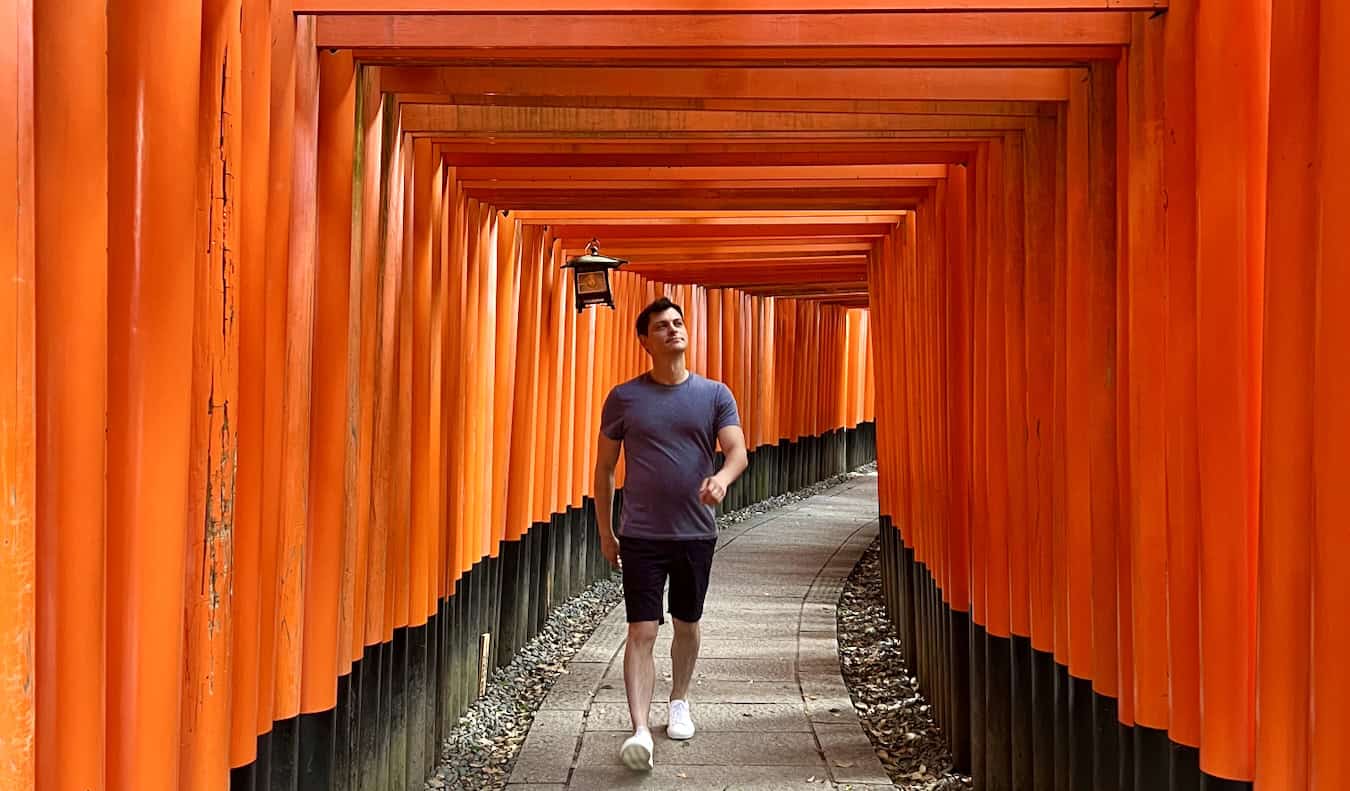






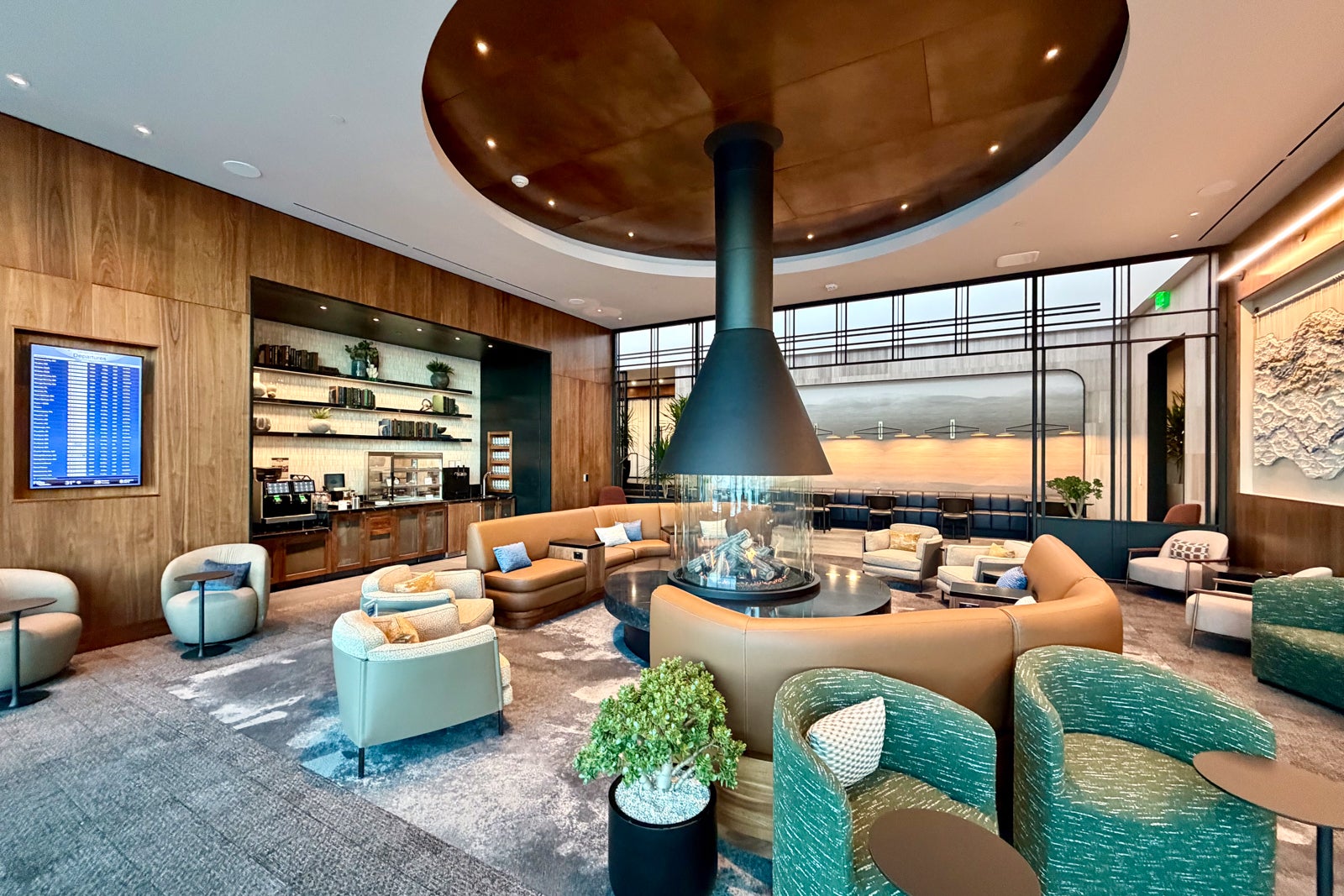


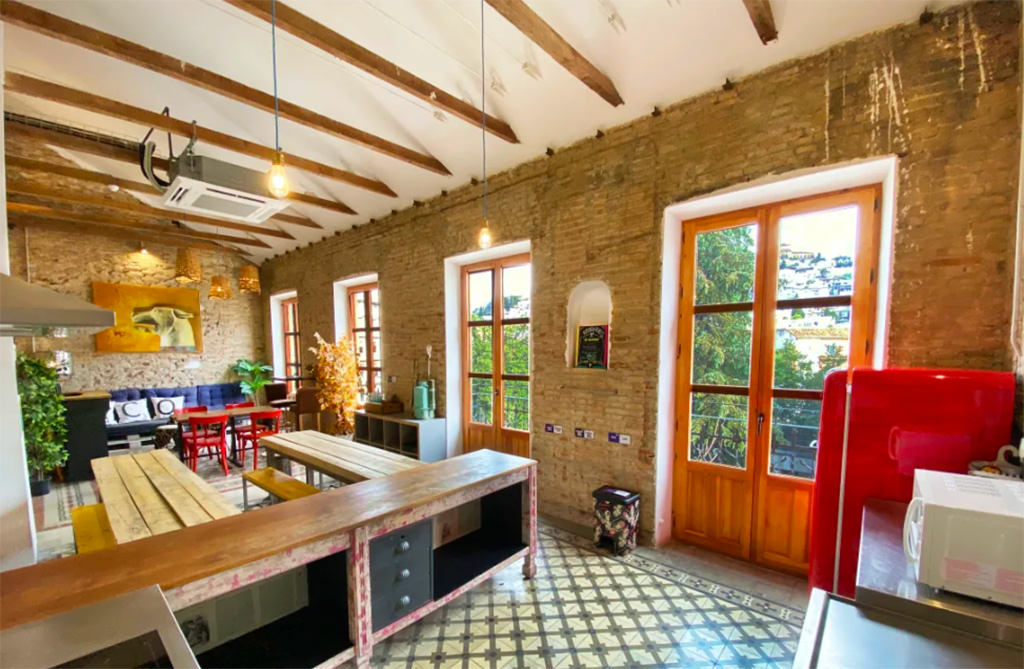

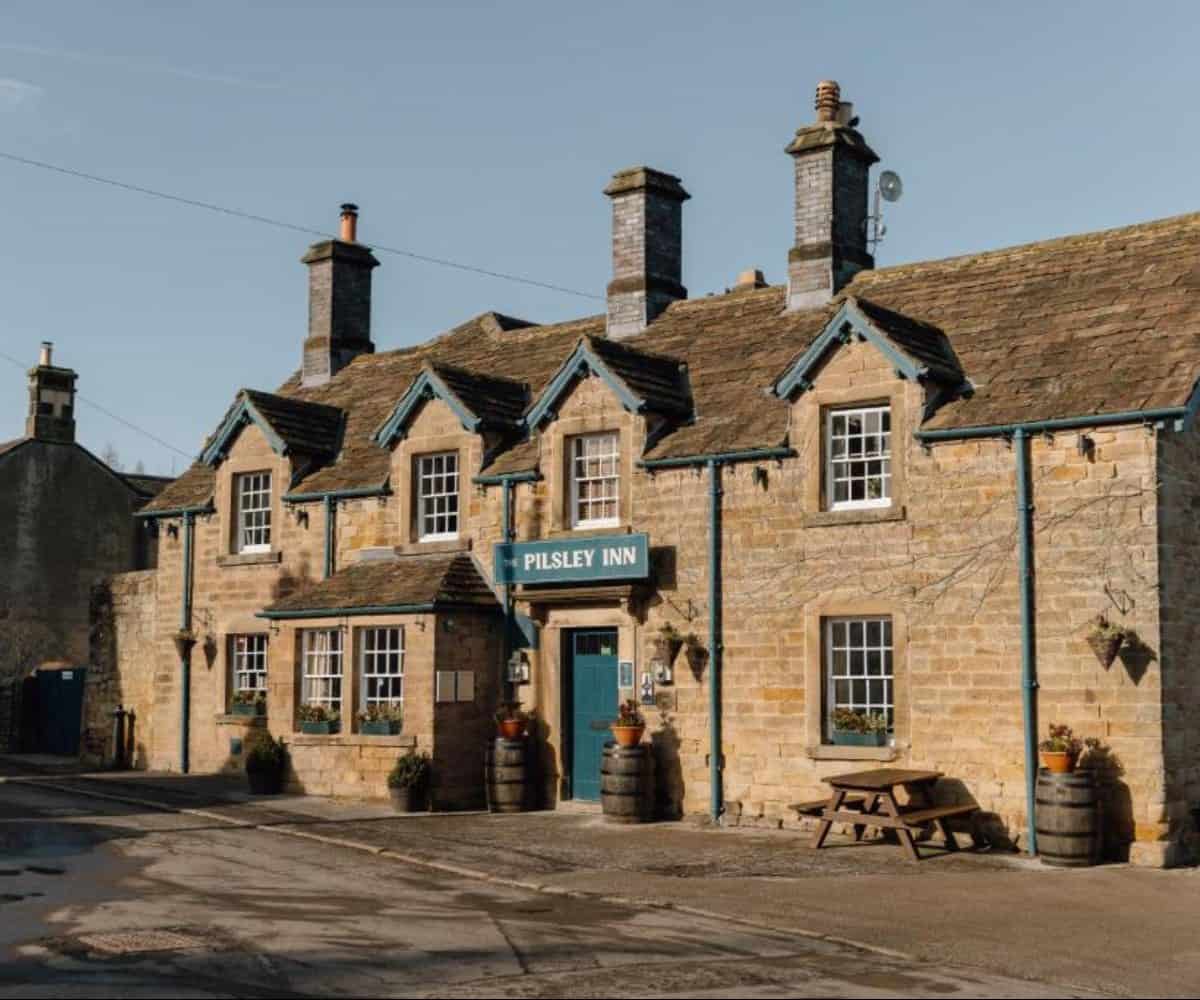
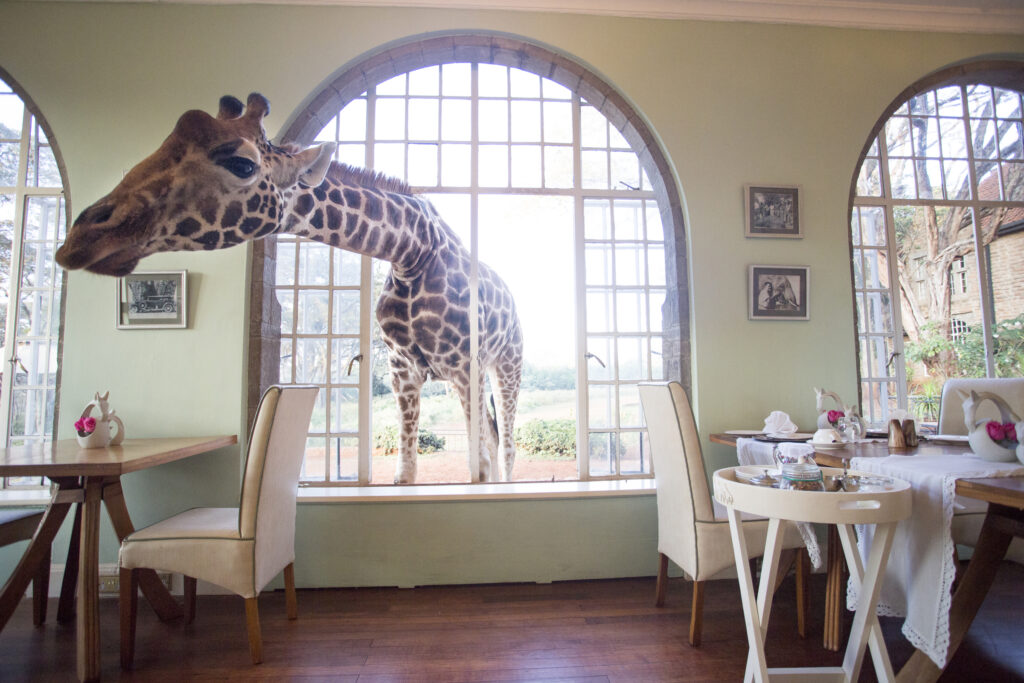

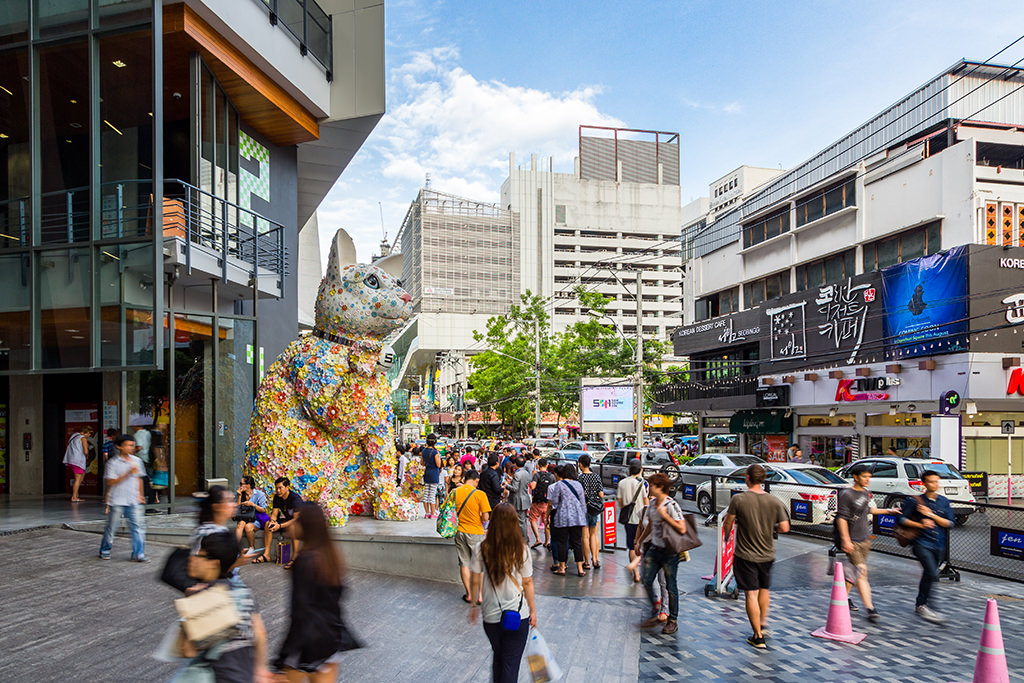

 English (US) ·
English (US) ·